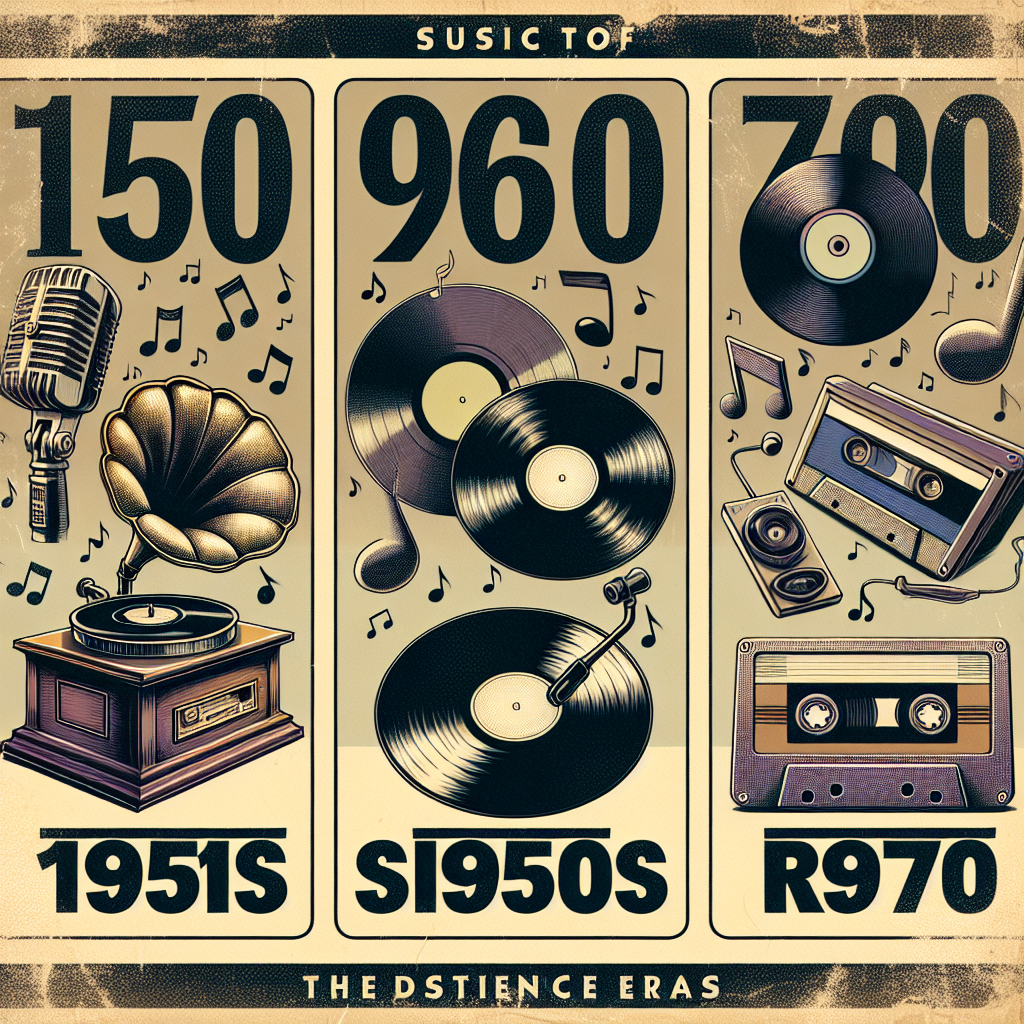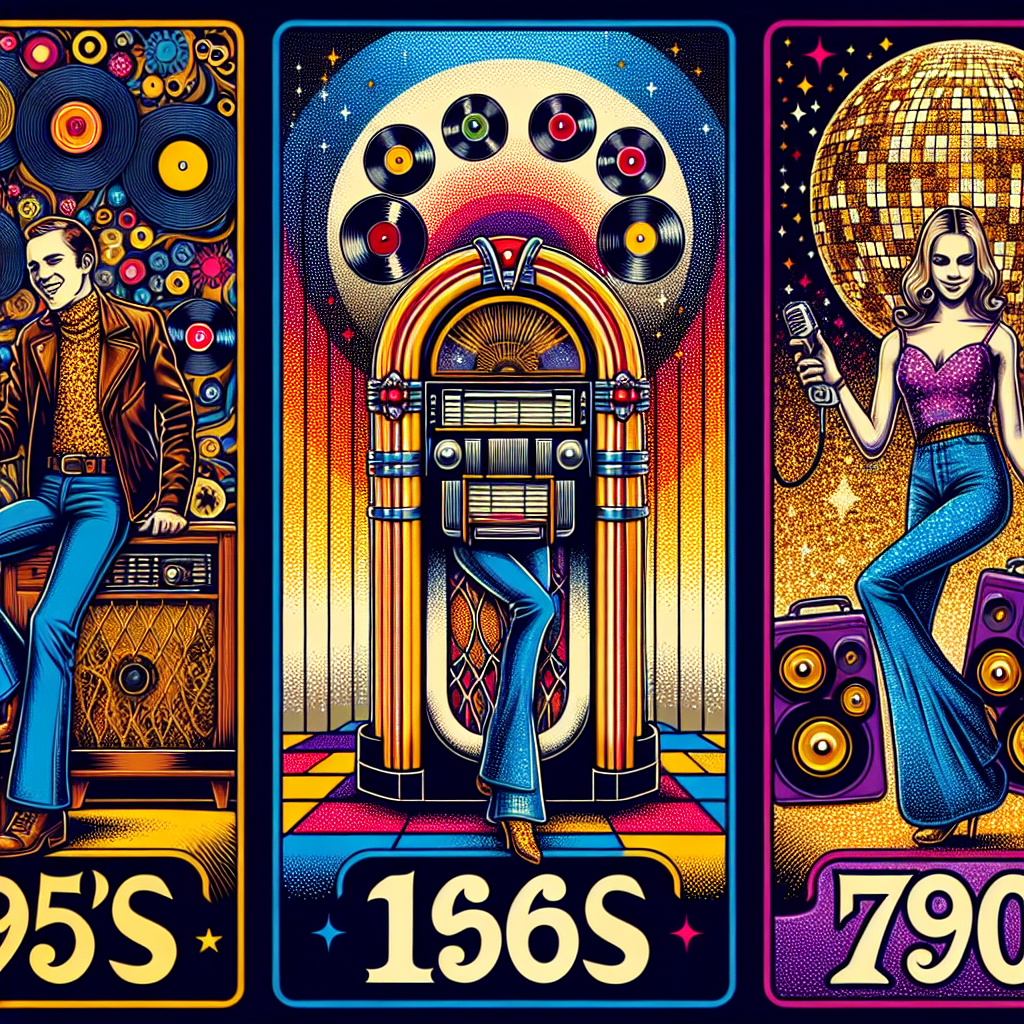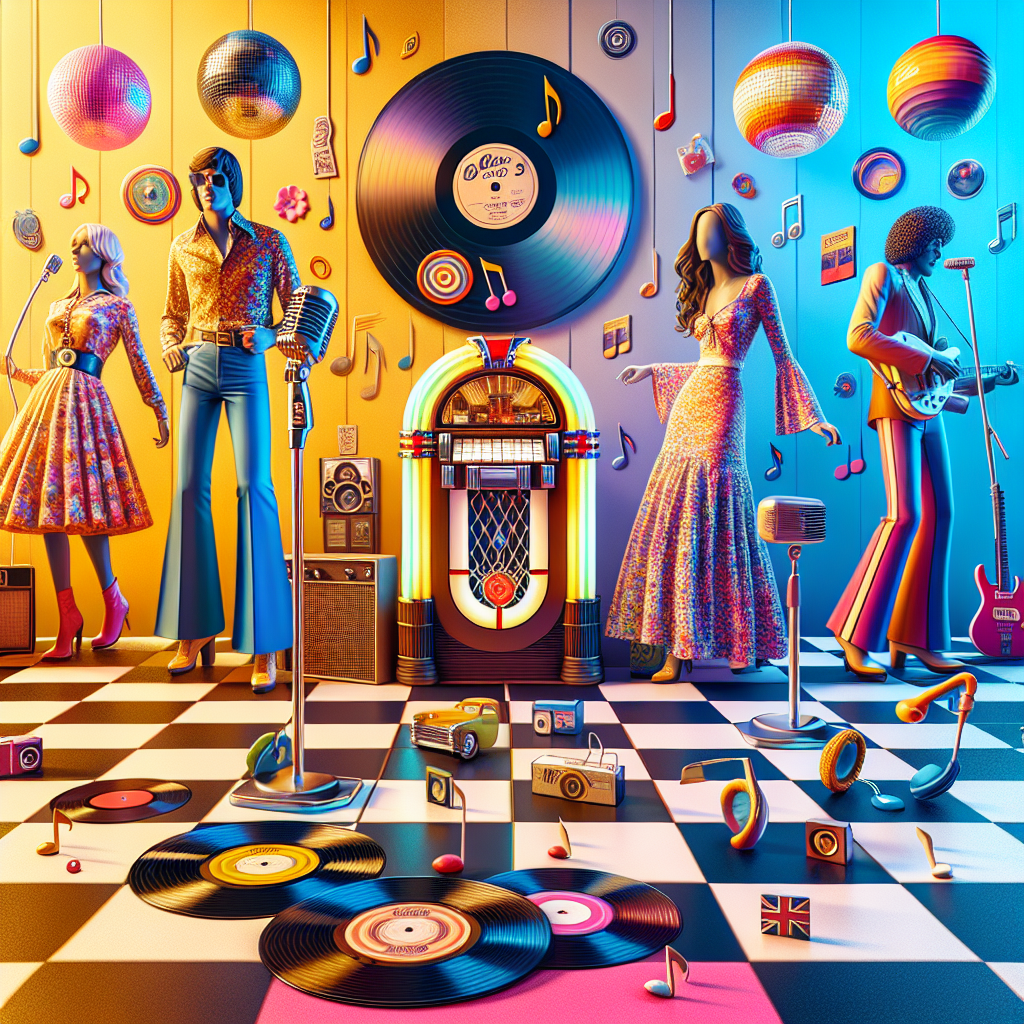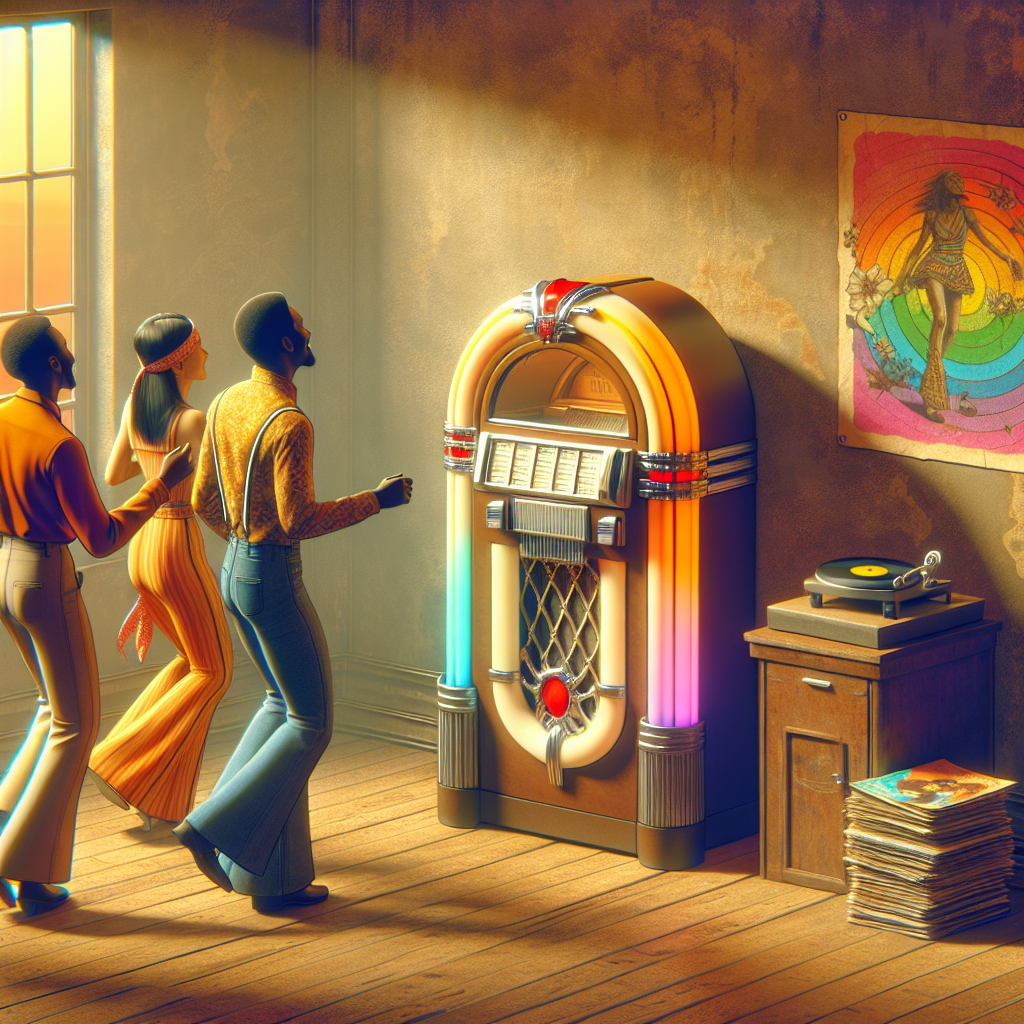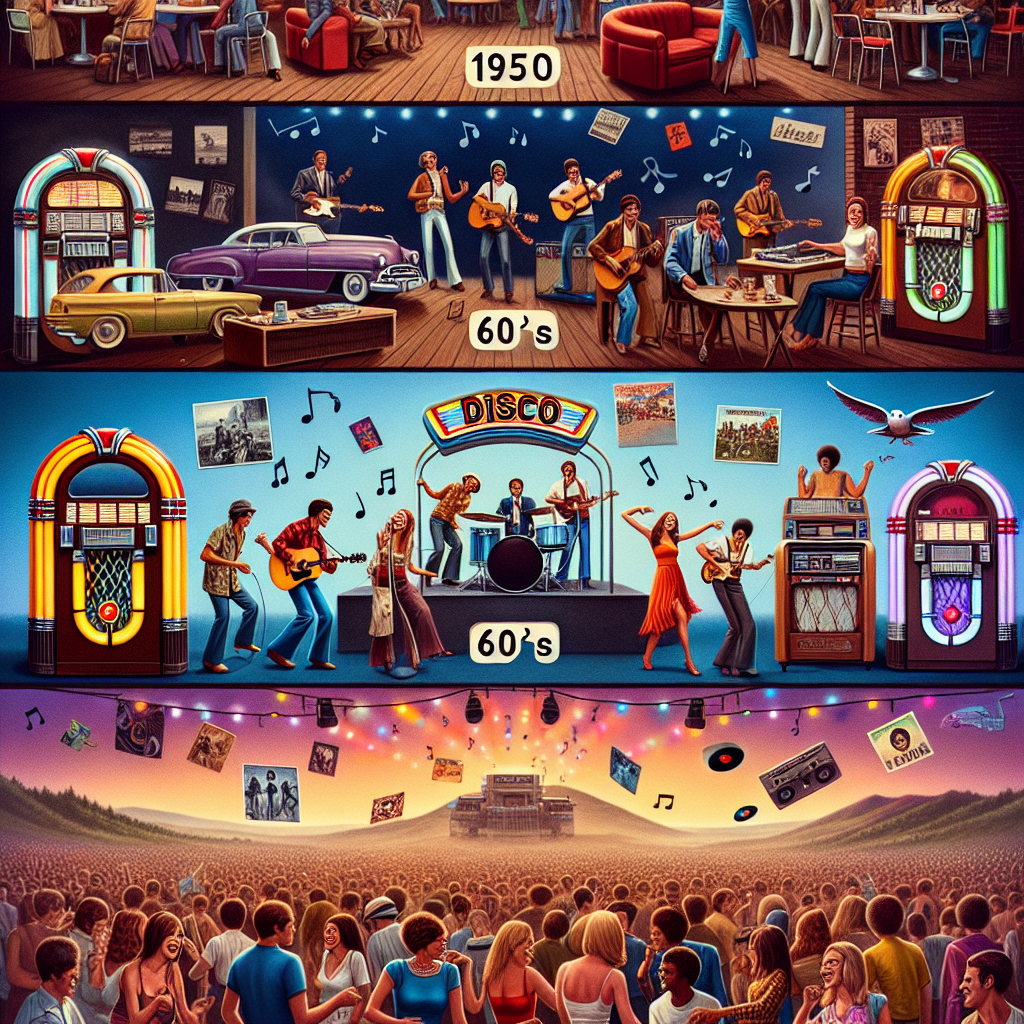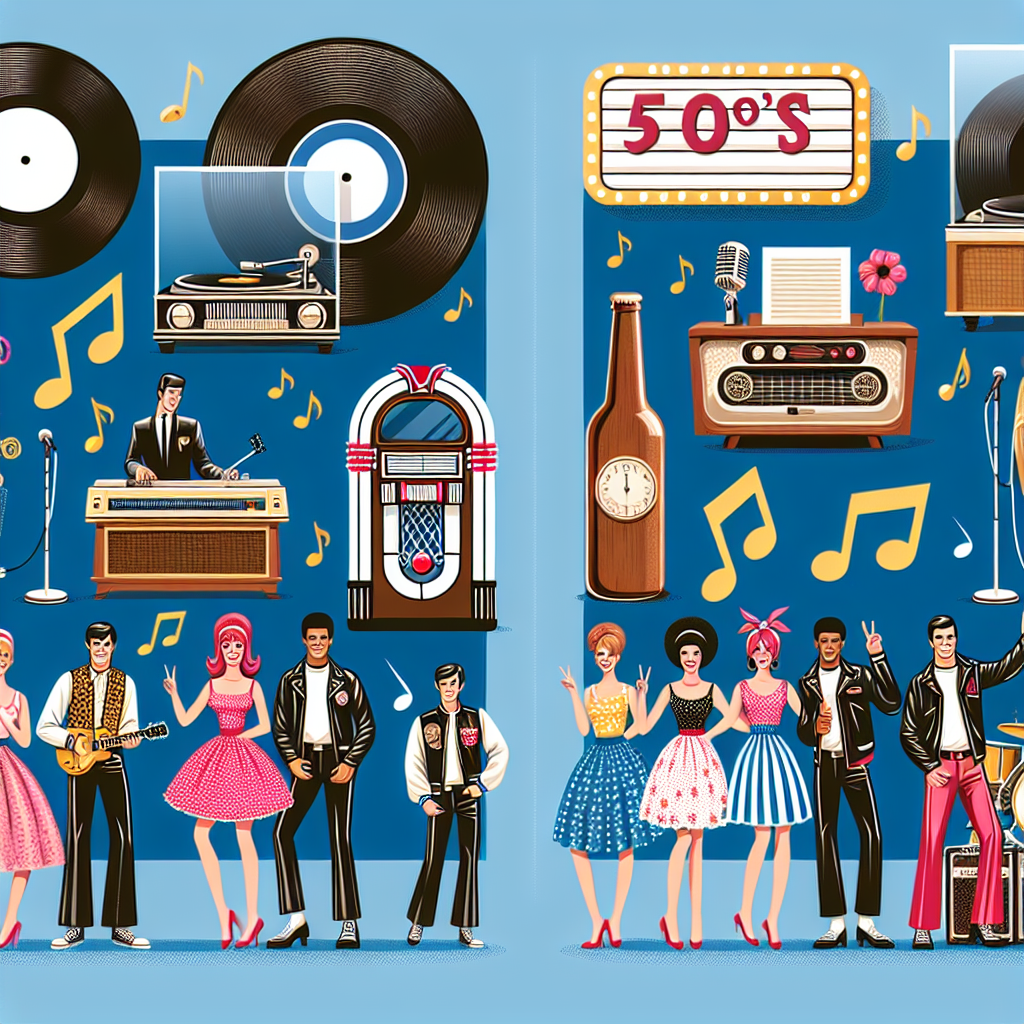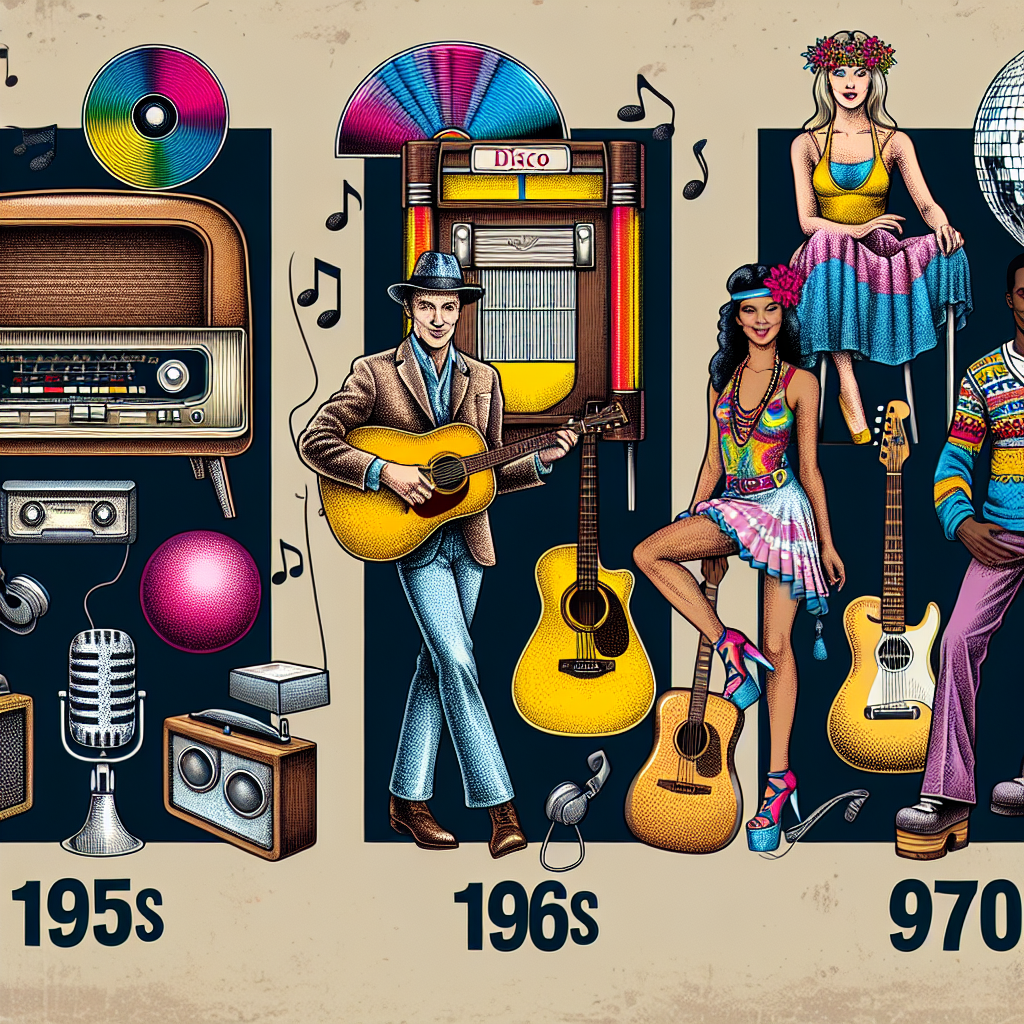Woodstock and Beyond: A Retrospective on Music Festivals of the 60s and 70s
When we think of music festivals, one event that stands out above all others is Woodstock. The iconic festival took place in August 1969 in Bethel, New York, and has since become synonymous with the counterculture movement of the 1960s. But Woodstock was just the beginning of a new era in music and culture, as festivals continued to grow in popularity throughout the 1970s.
Music festivals of the 60s and 70s were more than just concerts – they were cultural events that brought together people from all walks of life. These festivals provided a space for young people to express themselves freely, away from the constraints of mainstream society. It was a time of experimentation, self-discovery, and unity through music.
Politicians and other authority figures may have viewed these festivals with suspicion, but for many attendees, they represented a break from the status quo. The music played at these events often carried messages of peace, love, and social change – themes that resonated with a generation looking to make their voices heard.
One aspect of these festivals that cannot be overlooked is the fashion. The styles of the 60s and 70s were bold, colorful, and expressive – much like the music being played. From bell-bottom pants to fringe vests to tie-dye shirts, festival-goers used fashion as a form of self-expression and rebellion against societal norms.
But it wasn’t just about the music or the fashion – technology also played a significant role in shaping these festivals. Advances in sound equipment allowed for larger crowds to enjoy live performances without sacrificing quality. Additionally, innovations in lighting and stage design created immersive experiences for concert-goers.
Looking back on Woodstock and other music festivals of this era fills me with nostalgia for a time when creativity and individuality were celebrated. These events were not just about listening to music; they were about coming together as a community to celebrate art and expression.
In today’s world where everything seems hyper-commercialized and mass-produced, it’s refreshing to look back on a time when authenticity reigned supreme. The music festivals of the 60s and 70s remind us that there is power in coming together as a collective force for positive change.
As we continue to see an increase in music festivals around the world, let’s remember the spirit of Woodstock and beyond. Let’s embrace diversity, creativity, and unity through music – just like they did back in the day.


